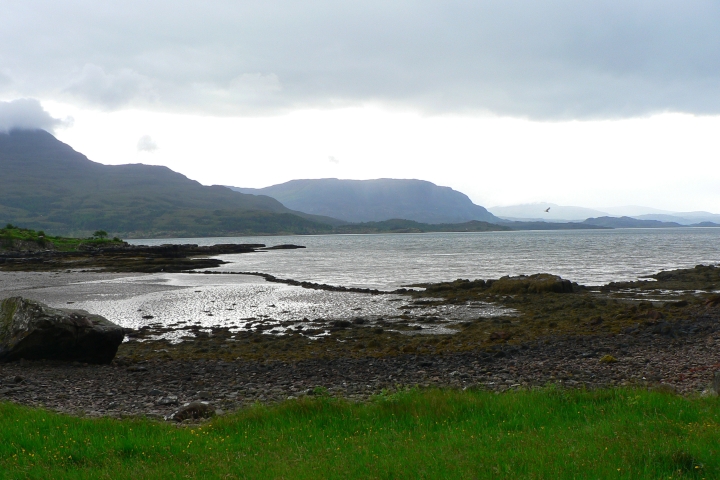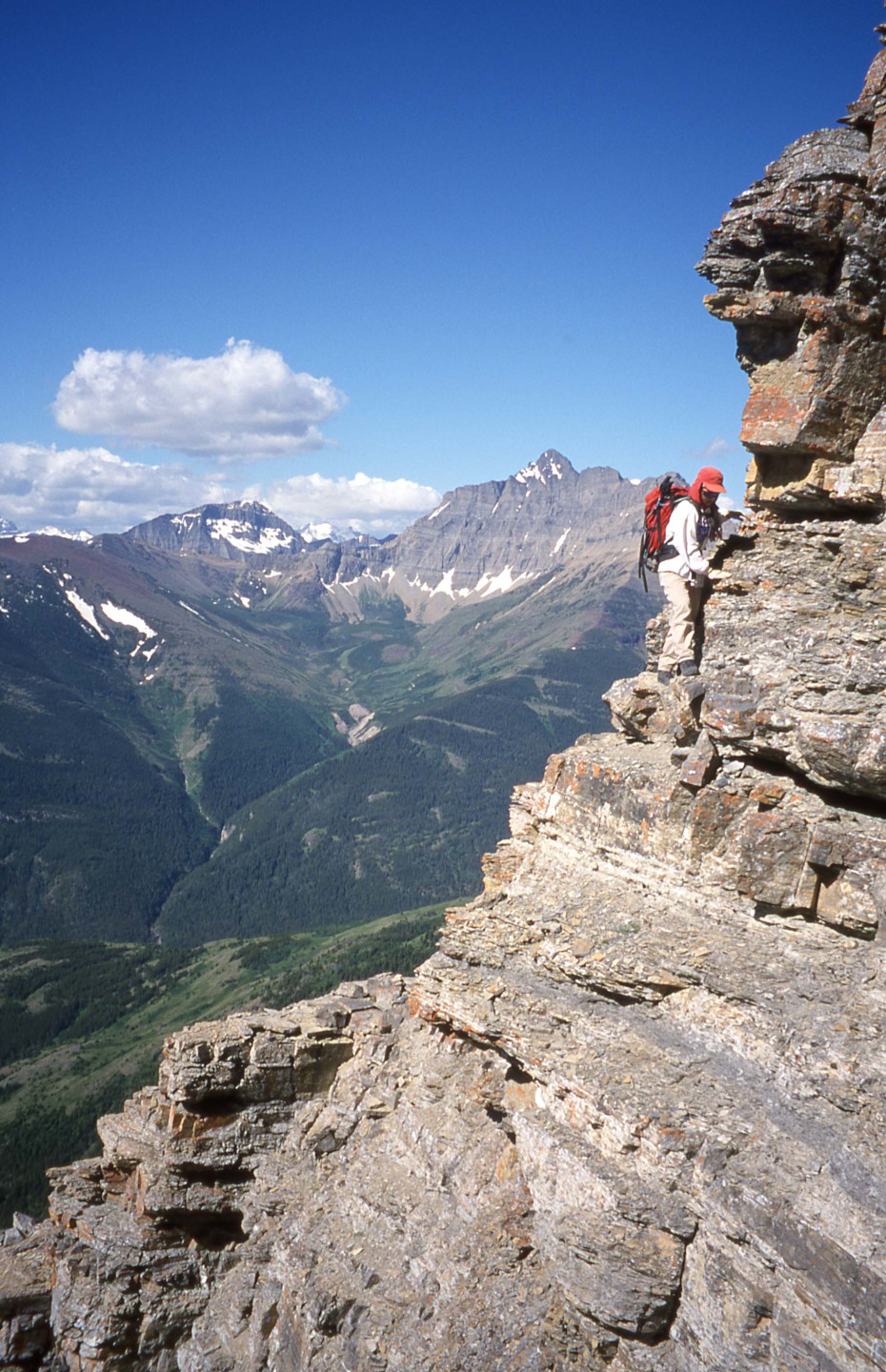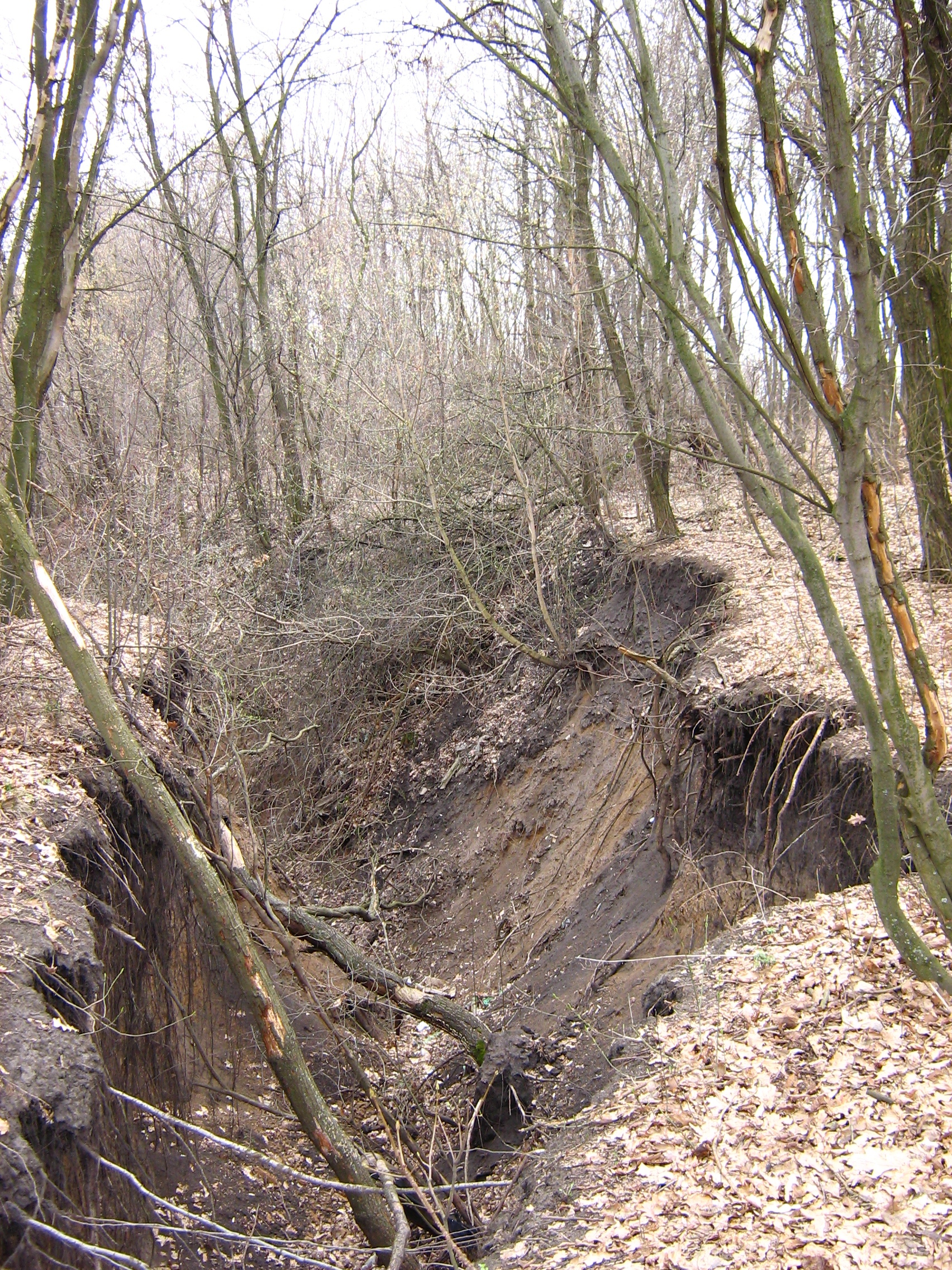|
Glen Torridon
The Torridon Hills surround Torridon village in the Northwest Highlands of Scotland. The name is usually applied to the mountains to the north of Glen Torridon. They are among the most dramatic and spectacular peaks in the British Isles and made of some of the oldest rocks in the world. Many are over 3000 feet high, so are considered Munros. Rock types These are mainly made of a type of sandstone, known as Torridonian sandstone (see Geology of Great Britain), which over time has become eroded to produce the unique characteristics of the Torridon Hills. In geology, Torridonian describes a series of proterozoic arenaceous sedimentary rocks of Precambrian age. They are amongst the oldest rocks in Britain, and sit on yet older rocks, Lewisian gneiss. Some of the highest peaks, such as Beinn Eighe are crowned by white Cambrian quartzite, which gives those peaks a distinctive appearance. Some of the quartzite contains fossilized worm burrows and known as pipe rock. It is circa ... [...More Info...] [...Related Items...] OR: [Wikipedia] [Google] [Baidu] |
Northwest Highlands
The Northwest Highlands are located in the northern third of Scotland that is separated from the Grampian Mountains by the Great Glen (Glen More). The region comprises Wester Ross, Assynt, Sutherland and part of Caithness. The Caledonian Canal, which extends from Loch Linnhe in the south-west, via Loch Ness to the Moray Firth in the north-east splits this area from the rest of the country. The city of Inverness and the town of Fort William serve as gateways to the region from the south. Geology The geology of the Highlands is complex. Along the western coastal margin it is characterised by Lewisian gneiss, the oldest rock in Scotland. Liathach, Beinn Alligin, Suilven, Cùl Mòr, Cùl Beag, and Quinag are just some of the impressive rock islands of the significantly younger rich brown-coloured Torridonian sandstone which rests on the gneiss. Some of the peaks, such as Beinn Eighe and Canisp, are topped with later light grey or white Cambrian quartzite. Cambro-Ordovician li ... [...More Info...] [...Related Items...] OR: [Wikipedia] [Google] [Baidu] |
Lewisian Complex
The Lewisian complex or Lewisian gneiss is a suite of Precambrian metamorphic rocks that outcrop in the northwestern part of Scotland, forming part of the Hebridean Terrane and the North Atlantic Craton. These rocks are of Archaean and Paleoproterozoic age, ranging from 3.0–1.7 billion years ( Ga). They form the basement on which the Torridonian and Moine Supergroup sediments were deposited. The Lewisian consists mainly of granitic gneisses with a minor amount of supracrustal rocks. Rocks of the Lewisian complex were caught up in the Caledonian orogeny, appearing in the hanging walls of many of the thrust faults formed during the late stages of this tectonic event. Distribution The main outcrops of the Lewisian complex are on the islands of the Outer Hebrides, including Lewis, from which the complex takes its name. It is also exposed on several islands of the Inner Hebrides, small islands north of the Scottish mainland and forms a coastal strip on the mainland from near L ... [...More Info...] [...Related Items...] OR: [Wikipedia] [Google] [Baidu] |
Loch Torridon
Loch Torridon ( gd, Loch Thoirbheartan) is a sea loch on the west coast of Scotland in the Northwest Highlands. The loch was created by glacial processes and is in total around 15 miles (25 km) long. It has two sections: Upper Loch Torridon to landward, east of Rubha na h-Airde Ghlaise, at which point it joins Loch Sheildaig; and the main western section of Loch Torridon proper. Loch a' Chracaich and Loch Beag are small inlets on the southern shores of the outer Loch, which joins the Inner Sound between the headlands of Rubha na Fearna to the south and Red Point to the north. The name ''Thoirbhearta'' has a similar root to '' Tarbert'' and indicates a place where boats were dragged overland. Islands The islets in the loch include: * in Loch Shieldaig: Eilean an Inbhire Bhàin, Eilean Dùghaill and Shieldaig Island. * in Upper Loch Torridon: Eilean à Chaoil, Eilean Cnapach, both of which are tidal. * in outer Loch Torridon: Eilean Mòr, Eilean Tioram, Sgeir Ghlas, ... [...More Info...] [...Related Items...] OR: [Wikipedia] [Google] [Baidu] |
Hillwalker
Walking is one of the most popular outdoor recreational activities in the United Kingdom, and within England and Wales there is a comprehensive network of rights of way that permits access to the countryside. Furthermore, access to much uncultivated and unenclosed land has opened up since the enactment of the Countryside and Rights of Way Act 2000. In Scotland the ancient tradition of universal access to land was formally codified under the Land Reform (Scotland) Act 2003. In Northern Ireland, however, there are few rights of way, or other access to land. Walking is used in the United Kingdom to describe a range of activity, from a walk in the park to trekking in the Alps. The word "hiking" is used in the UK, but less often than walking; the word rambling (akin to ''roam'') is also used, and the main organisation that supports walking is called The Ramblers. Walking in mountainous areas in the UK is called hillwalking, or in Northern England, including the Lake District and York ... [...More Info...] [...Related Items...] OR: [Wikipedia] [Google] [Baidu] |
Mountaineering
Mountaineering or alpinism, is a set of outdoor activities that involves ascending tall mountains. Mountaineering-related activities include traditional outdoor climbing, skiing, and traversing via ferratas. Indoor climbing, sport climbing, and bouldering are also considered variants of mountaineering by some. Unlike most sports, mountaineering lacks widely applied formal rules, regulations, and governance; mountaineers adhere to a large variety of techniques and philosophies when climbing mountains. Numerous local alpine clubs support mountaineers by hosting resources and social activities. A federation of alpine clubs, the International Climbing and Mountaineering Federation (UIAA), is the International Olympic Committee-recognized world organization for mountaineering and climbing. The consequences of mountaineering on the natural environment can be seen in terms of individual components of the environment (land relief, soil, vegetation, fauna, and landscape) and location/z ... [...More Info...] [...Related Items...] OR: [Wikipedia] [Google] [Baidu] |
Hillwalking
Walking is one of the most popular outdoor recreational activities in the United Kingdom, and within England and Wales there is a comprehensive network of rights of way that permits access to the countryside. Furthermore, access to much uncultivated and unenclosed land has opened up since the enactment of the Countryside and Rights of Way Act 2000. In Scotland the ancient tradition of universal access to land was formally codified under the Land Reform (Scotland) Act 2003. In Northern Ireland, however, there are few rights of way, or other access to land. Walking is used in the United Kingdom to describe a range of activity, from a walk in the park to trekking in the Alps. The word "hiking" is used in the UK, but less often than walking; the word rambling (akin to ''roam'') is also used, and the main organisation that supports walking is called The Ramblers. Walking in mountainous areas in the UK is called hillwalking, or in Northern England, including the Lake District and York ... [...More Info...] [...Related Items...] OR: [Wikipedia] [Google] [Baidu] |
Scrambling
Scrambling is a mountaineering term for ascending steep terrain using one's hands to assist in holds and balance.''New Oxford American Dictionary''. It is also used to describe terrain that falls between hiking and rock climbing (as a “scramble”). Sure-footedness and a head for heights are essential. Canyoning and stream climbing are other types of scrambling. Overview Scrambling is ascending or traversing a grade without technical apparatus. Unroped ascent in exposed situations is potentially one of the most dangerous of mountaineering activities. As soon as an ascent involves a rope, going up or down, it is no longer a scramble. Alpine scrambling Alpine scrambling is scrambling in high mountains and may not follow a defined or waymarked path. The Seattle Mountaineers climbing organization defines alpine scrambling as follows: Alpine Scrambles are off-trail trips, often on snow or rock, with a 'non-technical' summit as a destination. A non-technical summit is one ... [...More Info...] [...Related Items...] OR: [Wikipedia] [Google] [Baidu] |
Gully
A gully is a landform created by running water, mass movement, or commonly a combination of both eroding sharply into soil or other relatively erodible material, typically on a hillside or in river floodplains or terraces. Gullies resemble large ditches or small valleys, but are metres to tens of metres in depth and width and are characterised by a distinct 'headscarp' or 'headwall' and progress by headward (i.e. upstream) erosion. Gullies are commonly related to intermittent or ephemeral water flow usually associated with localised intense or protracted rainfall events, or snowmelt. Gullies can be formed and accelerated by cultivation practices on hillslopes (often gentle gradient) in farmland, and they can develop rapidly in rangelands from existing natural erosion forms subject to vegetative cover removal and livestock activity. Etymology The earliest known usage of the term is from 1657. It originates from the French word ''goulet'', a diminutive form of ''goule'' which m ... [...More Info...] [...Related Items...] OR: [Wikipedia] [Google] [Baidu] |
Terrace
Terrace may refer to: Landforms and construction * Fluvial terrace, a natural, flat surface that borders and lies above the floodplain of a stream or river * Terrace, a street suffix * Terrace, the portion of a lot between the public sidewalk and the street * Terrace (earthworks), a leveled surface built into the landscape for agriculture or salt production * Terrace (building), a raised flat platform * Terrace garden, an element where a raised flat paved or gravelled section overlooks a prospect * Terrace (geology), a step-like landform that borders a shoreline or river floodplain * Terraced house, a style of housing where identical individual houses are cojoined into rows * Terrace, the roof of a building, especially one accessible to the residents for various purposes * Terrace, a sidewalk cafe * Terrace (stadium), standing spectator areas, especially in Europe and South America, or the sloping portion of the outfield in a baseball stadium, not necessarily for seating, but for ... [...More Info...] [...Related Items...] OR: [Wikipedia] [Google] [Baidu] |
Castle
A castle is a type of fortified structure built during the Middle Ages predominantly by the nobility or royalty and by military orders. Scholars debate the scope of the word ''castle'', but usually consider it to be the private fortified residence of a lord or noble. This is distinct from a palace, which is not fortified; from a fortress, which was not always a residence for royalty or nobility; from a ''pleasance'' which was a walled-in residence for nobility, but not adequately fortified; and from a fortified settlement, which was a public defence – though there are many similarities among these types of construction. Use of the term has varied over time and has also been applied to structures such as hill forts and 19th-20th century homes built to resemble castles. Over the approximately 900 years when genuine castles were built, they took on a great many forms with many different features, although some, such as curtain walls, arrowslits, and portcullises, were ... [...More Info...] [...Related Items...] OR: [Wikipedia] [Google] [Baidu] |
Pipe Rock
''Skolithos'' (formerly spelled ''Scolithus'' or ''Skolithus'') is a common trace fossil ichnogenus that is, or was originally, an approximately vertical cylindrical burrow. It is produced by a variety of organisms in shallow marine environments globally and appear as lineated features in sedimentary rocks. Depositional environments ''Skolithos'' burrows range in age from early Cambrian to the present and are found throughout the world. They occur in sediments and sedimentary rocks, primarily sands and sandstones. They are typically marine in origin, and are commonly associated with high-energy environments close to the shoreline. They have also been reported from freshwater lacustrine settings, but have rarely been described from carbonate rocks. Vertical ''Skolithos'' burrows can also occur in alluvial sediments such as braided river deposits, where the periodic fluctuation of water is an important factor in the formation of this structure. This periodic water fluctuation ... [...More Info...] [...Related Items...] OR: [Wikipedia] [Google] [Baidu] |
Fossilized
A fossil (from Classical Latin , ) is any preserved remains, impression, or trace of any once-living thing from a past geological age. Examples include bones, shells, exoskeletons, stone imprints of animals or microbes, objects preserved in amber, hair, petrified wood and DNA remnants. The totality of fossils is known as the ''fossil record''. Paleontology is the study of fossils: their age, method of formation, and evolutionary significance. Specimens are usually considered to be fossils if they are over 10,000 years old. The oldest fossils are around 3.48 billion years old to 4.1 billion years old. Early edition, published online before print. The observation in the 19th century that certain fossils were associated with certain rock strata led to the recognition of a geological timescale and the relative ages of different fossils. The development of radiometric dating techniques in the early 20th century allowed scientists to quantitatively measure the absolute ... [...More Info...] [...Related Items...] OR: [Wikipedia] [Google] [Baidu] |









